Title : Modelling of CNC milling machine feed drive in Matlab-Simulink and its visualisation in Virtual Reality
Project Lead : Zoran PANDILOV From : Faculty of Mechanical Engineering, University "Sv. Kiril i Metodij" -Skopje, Republic of MACEDONIA (Republic of MACEDONIA)
Dates : from 2014-03-19 13:21:51 to 2014-11-28 15:07:34
Description :
Motivation and objectives :
The typical CNC milling machine feed drive consists of many elements that influence on the machine important parameters like movement stability and positioning accuracy. The design of complicated CNC milling machine feed drives requires laborious and time-consuming calculations supported by experimental tests. Therefore the modelling, simulation and visualization techniques may be very useful and may facilitate the design process. The simulation and visualization in VR environment may show the week points of the drive. Moreover, the changing and optimization of several drive control parameters (position loop gain Kv, proportional gain Kp of the velocity controller, etc.) may be tested and validated. Matlab-Simulink is advanced simulation environment which enables the modelling of drive dynamics, including its control system and nonlinearities. It poses various capabilities, including model facilitated design using different tool boxes. For example, Mechanics Toolbox allows using CAD geometry of the machine in modelling and automatically calculating the selected properties. Such facilities accelerate the model creation and makes possible to obtain more precise model. Thanks to this, complicated simulations can be performed in Matlab-Simulink environment and based on the obtained results, the drive functioning and influences of different drive parameters can be later visualized in Virtual Reality system. What is more important, the visualization could be based on the model simulations results and on that way we could avoid complicated calculations of the real behaviour of the VR system. The project assumes two main objectives: 1. building of the Matlab-Simulink dynamic model of the feed drive system with the aid of the new facilities and 2. visualisation of the CNC machine operation in Virtual Reality system, like EON Studio software. The main purpose is to use new techniques in modelling of such systems and thus improve the model quality. The prepared model will be more complex than models obtained by classical approach and will allow to improve the design without manufacturing the physical prototype.
Teams :
I belong to the Chair of Production Processes and Systems: The main research interest of the Chair is focused on: Flexible automation, CAD / CAM / CAE / CAPP, CIM, New materials (Composites and Polymer Concrete), Artificial Intelligence and Expert Systems. The Chair has participated in many International (DAAD, CEEPUS, TEMPUS, JICA, etc.) and national projects.
Dates :
starting date : 02 June, 2014
ending date : 02 July, 2014
Facilities descriptions :
http://visionair-browser.g-scop.grenoble-inp.fr/visionair/Browser/Catalogs/VDS.PL.html
Recordings & Results :
The first phase of the of the project was modelling of the very complex models of the portal 3-axis CNC milling machine feed drives which consist of many elements (position, velocity and current control regulators, actuators, mechanical transmission elements, etc.). All these elements have great influence on the machine tool important parameters like movement stability, positioning accuracy and dynamic stiffness. The modeling was done with Matlab-SIMULINK and Sim Scape. The Sim Scape Toolbox allowed us to use the complete CAD model of the geometry of the machine tool in modeling and automatically calculating the selected properties. The influence of changing and optimization of several feed drives parameters (position loop gain Kv, proportional gain Kp of the velocity controller, integral gain of velocity controller-Tn, electrical drive time constant Te, total moving mass m, sampling period Ts, etc.) on positioning accuracy and dynamic stiffness were simulated, tested and validated. The ready Matlab-Simulink and Sim Scape models were initially visualized in the Matlab program, but they were very simplified, comparing their visualization in Virtual Reality EON Studio program. The second phase of the research was visualization of the whole machine tool using the CAD model of machine tool and models of the feed drives developed in Matlab-Simulink and Sim Scape in Virtual Reality system with EON Studio software. The using of EON software significantly improved the model and visualization quality. With the visualization we were able to simulate the real work of the whole CNC machine tool (contouring operations, changing tools, etc.) This whole research could be very useful to machine tool producers, because they could change their practice of making very expensive real prototypes of the CNC machine tools, with creating virtual prototypes of machines.
Conclusions :
1. Matlab-Simulink modelling -Simulink complex dynamic model of CNC machine tool feed drives -The influence of changing and optimization of several feed drives parameters (position loop gain Kv, proportional gain Kp of the velocity controller, integral gain of velocity controller-Tn, electrical drive time constant Te, total moving mass m, sampling period Ts, etc.) on positioning accuracy and dynamic stiffness were simulated, tested and validated. -Model modifications with Simscape Toolboxes -Simple visualisation using Simulink 3D Animation Toolbox and CAD model of CNC machine tool 2. EON Studio Visualisation -Implementation of CNC machine tool CAD model in Virtual Reality environment -Visualisation of the real work of the whole CNC machine tool (contouring operations, changing tools, etc.)
Project Images :
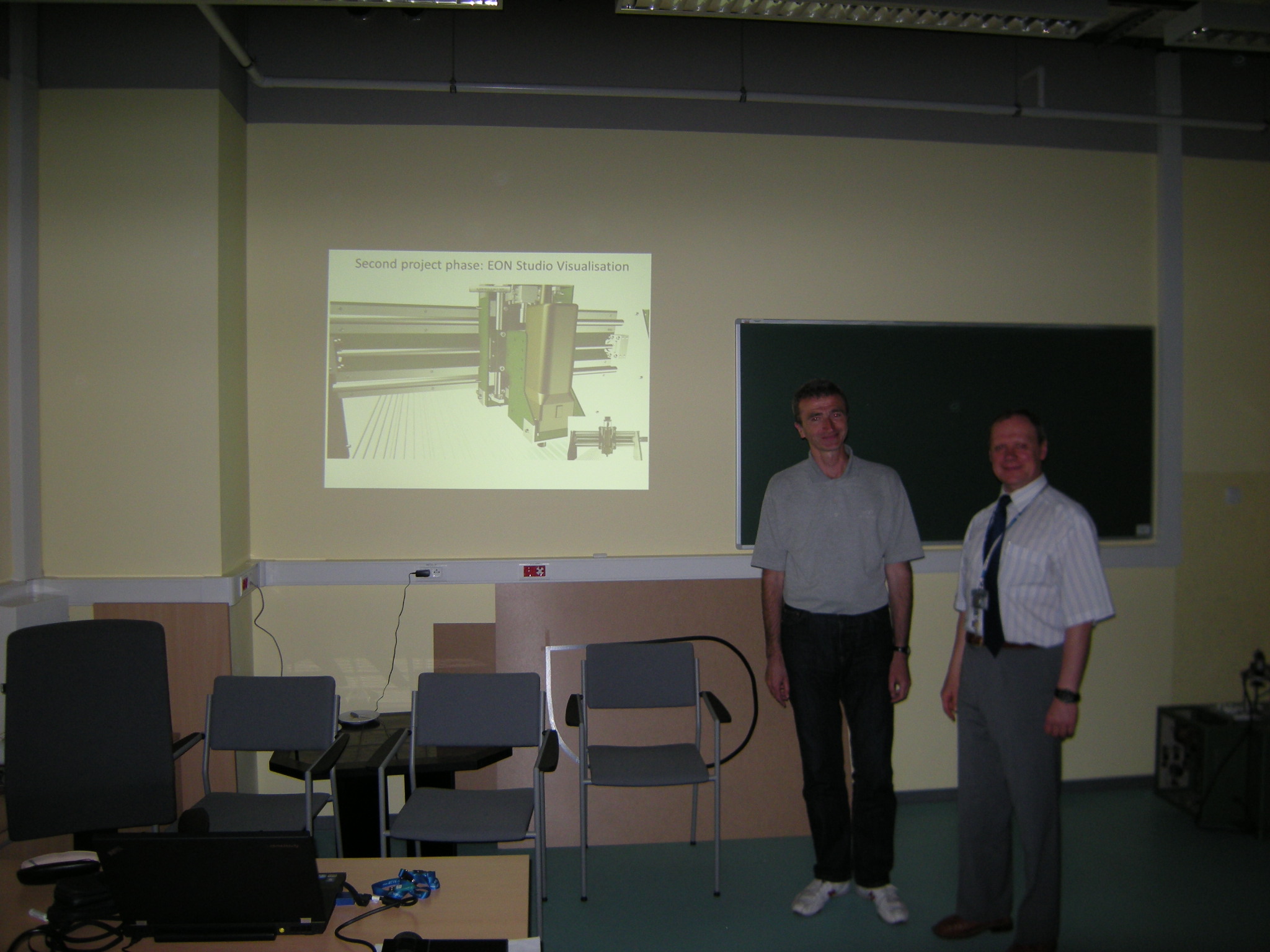
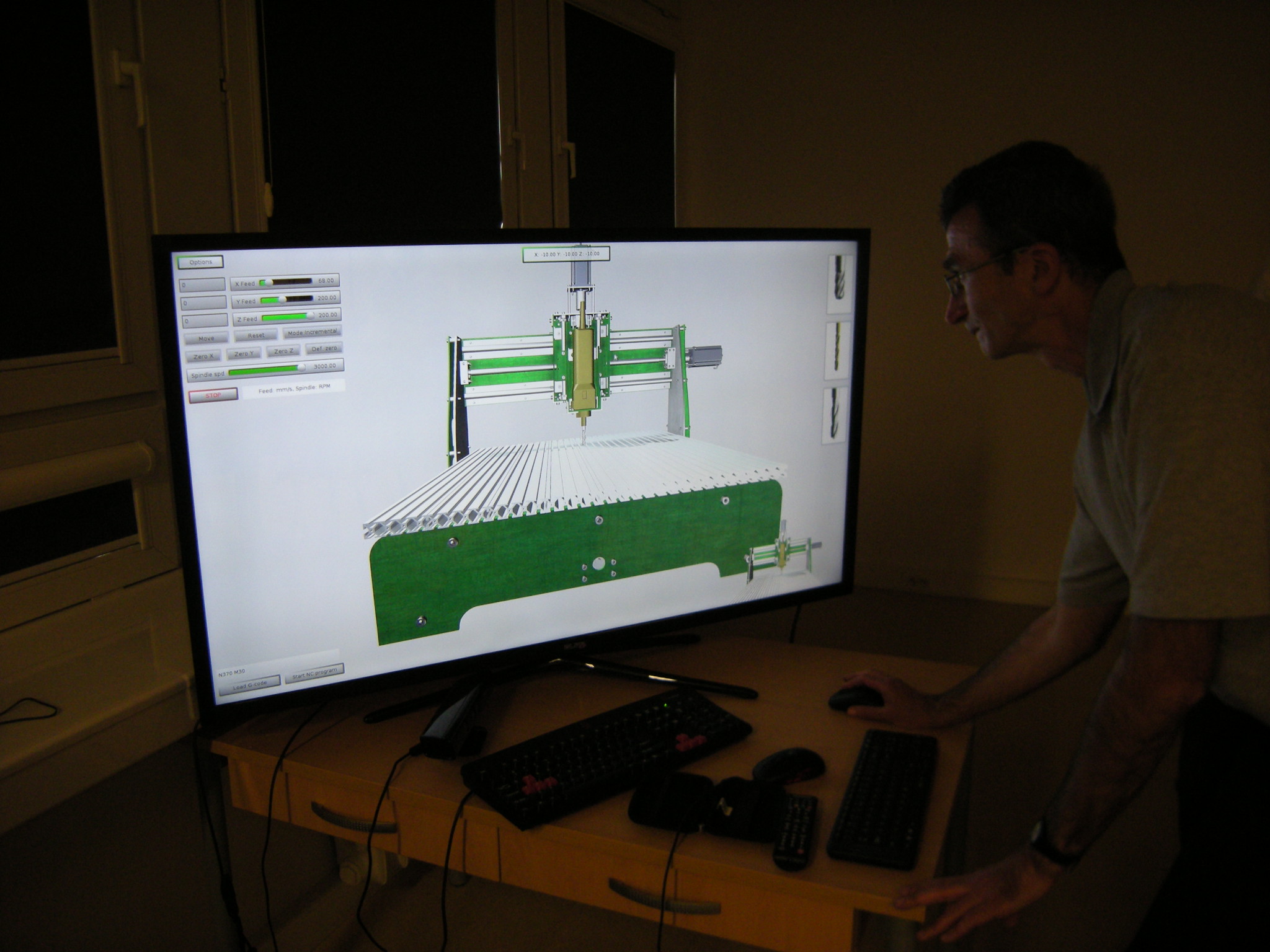
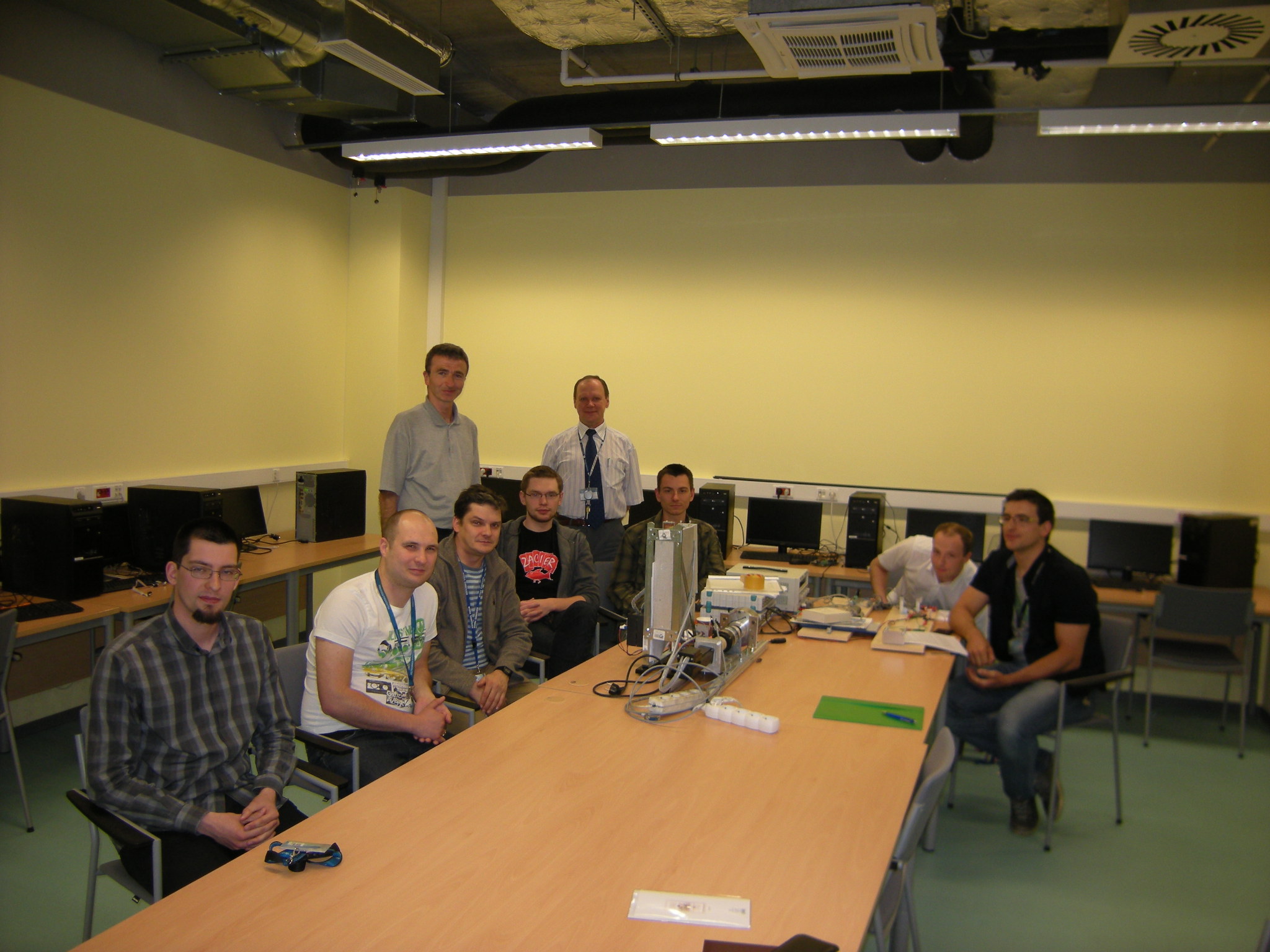
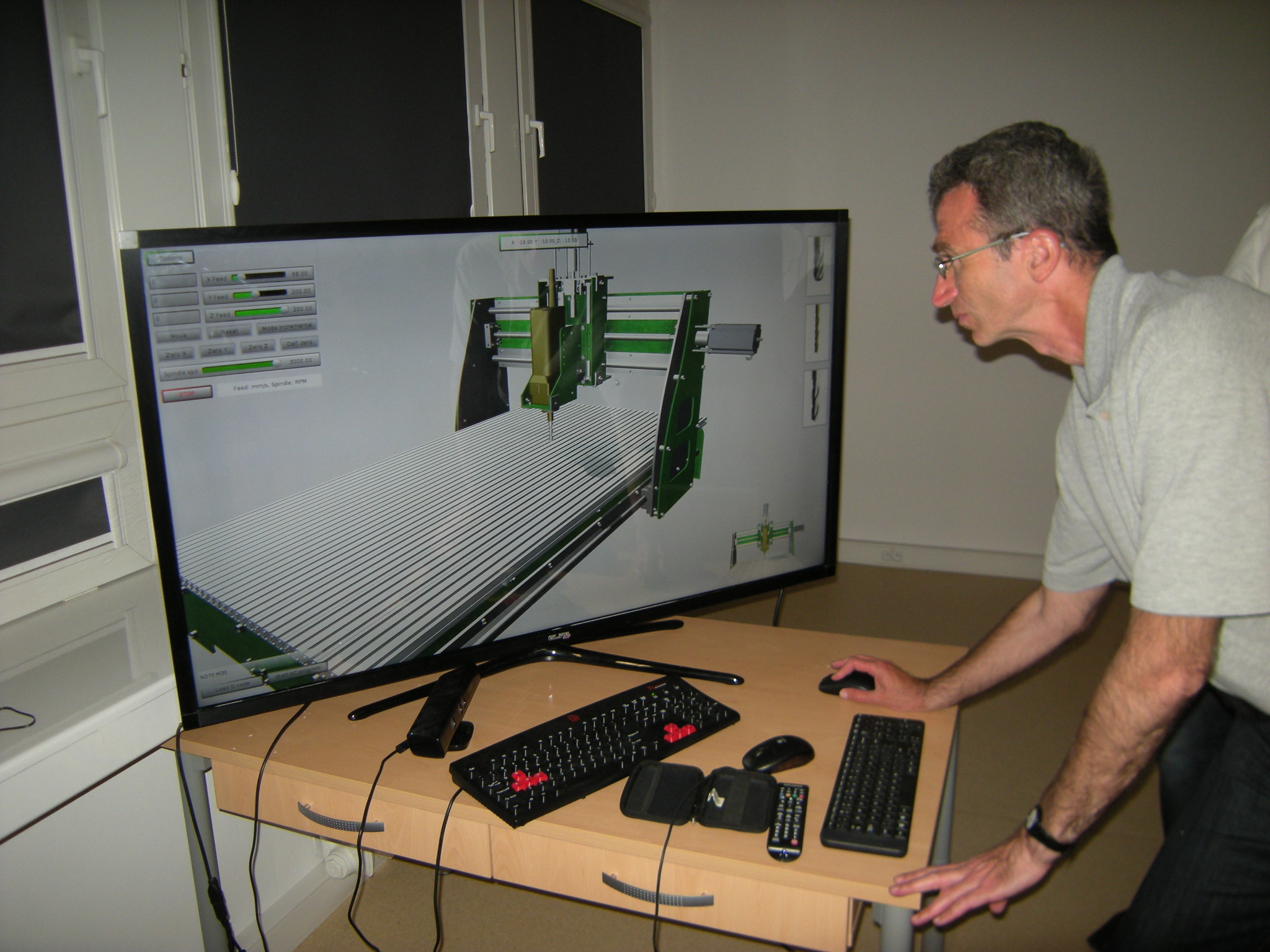
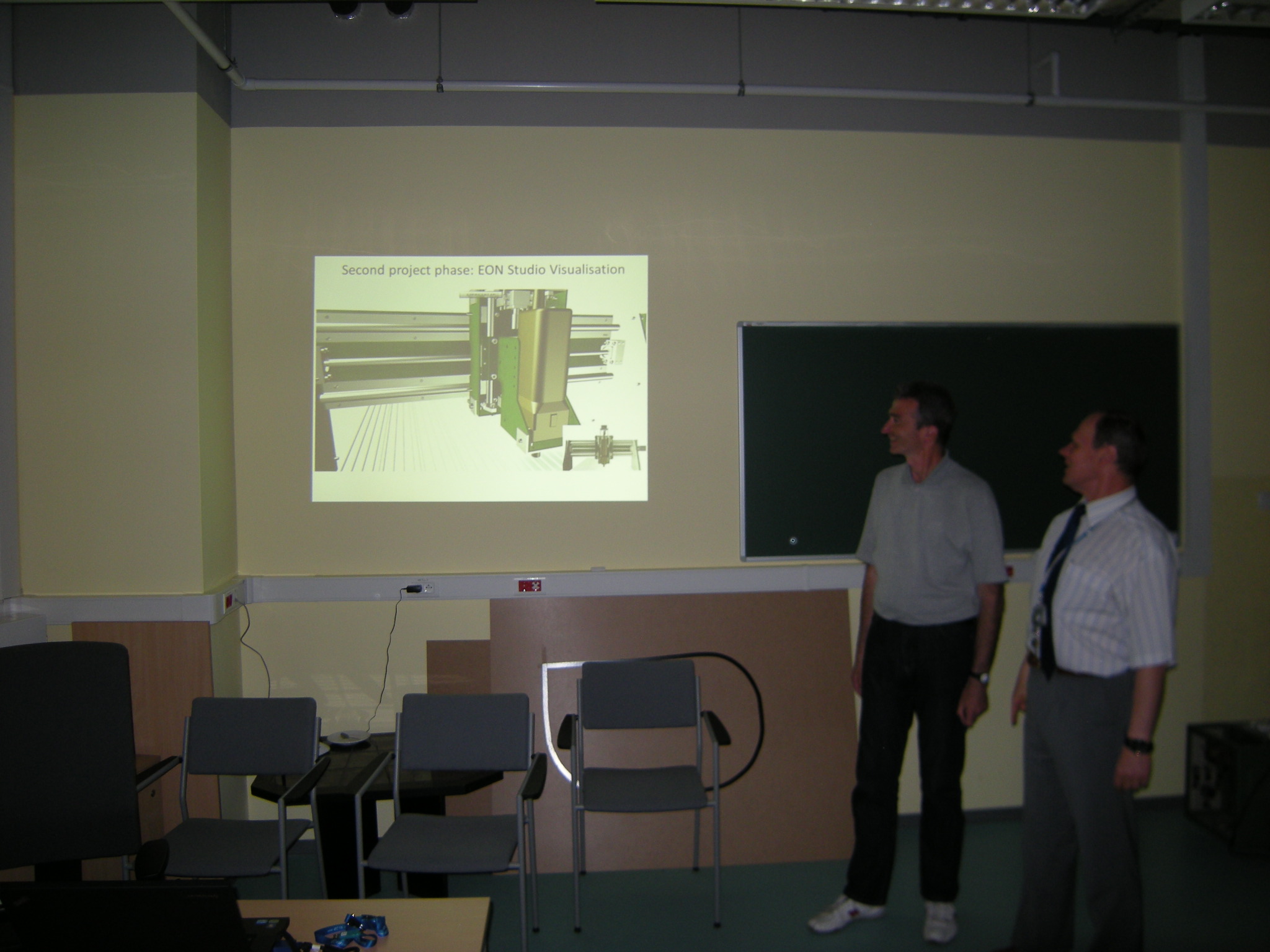
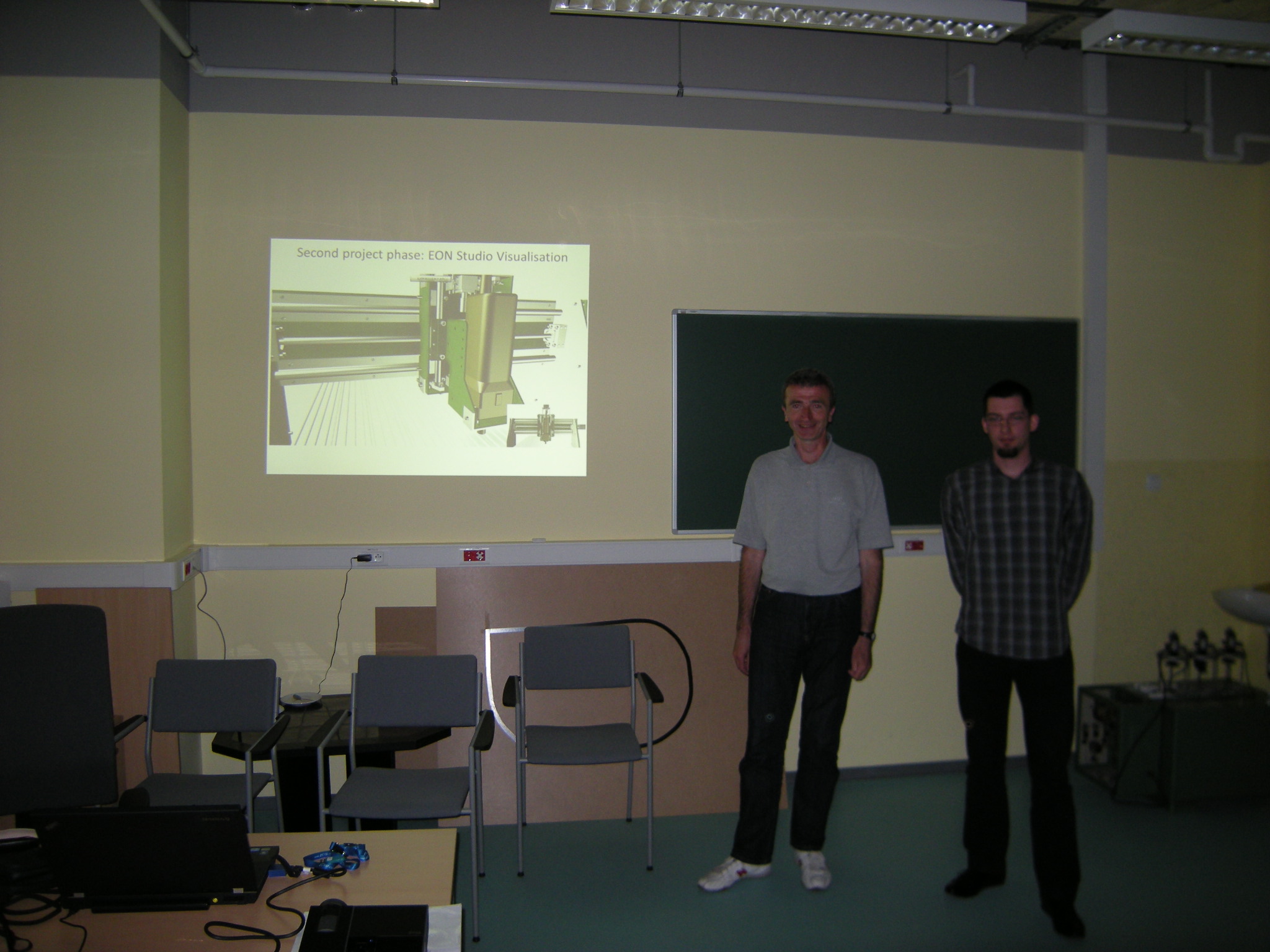
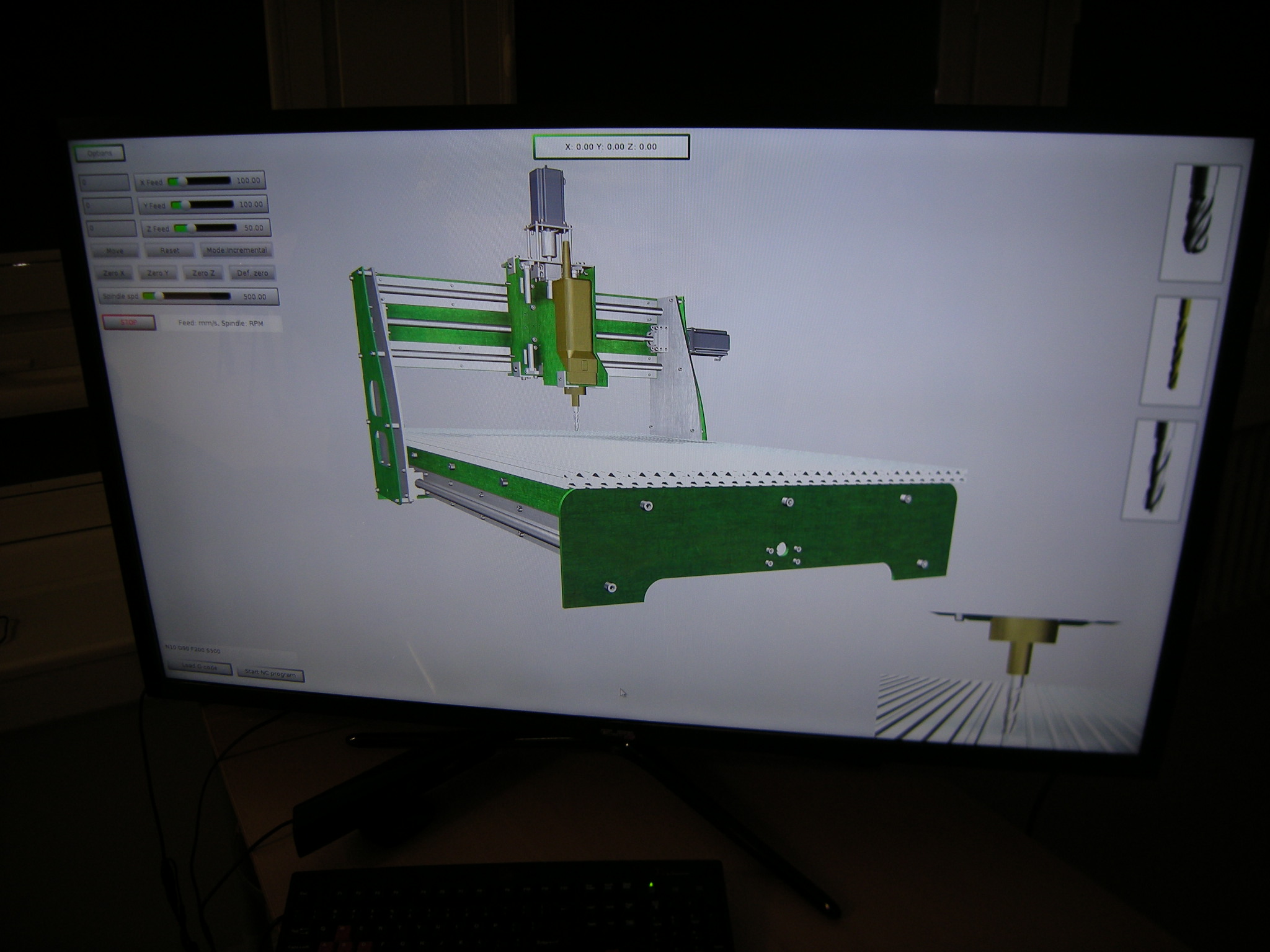
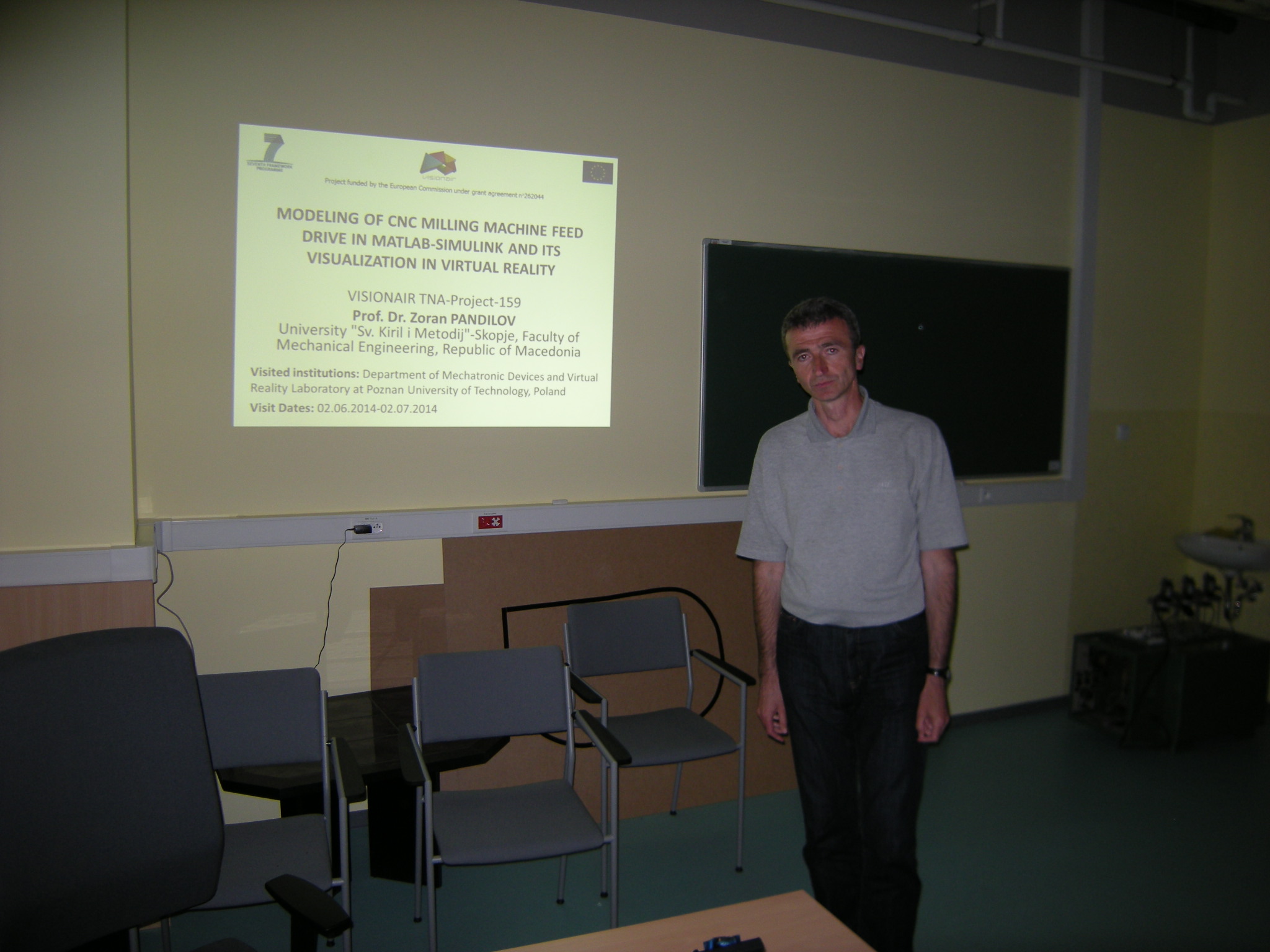
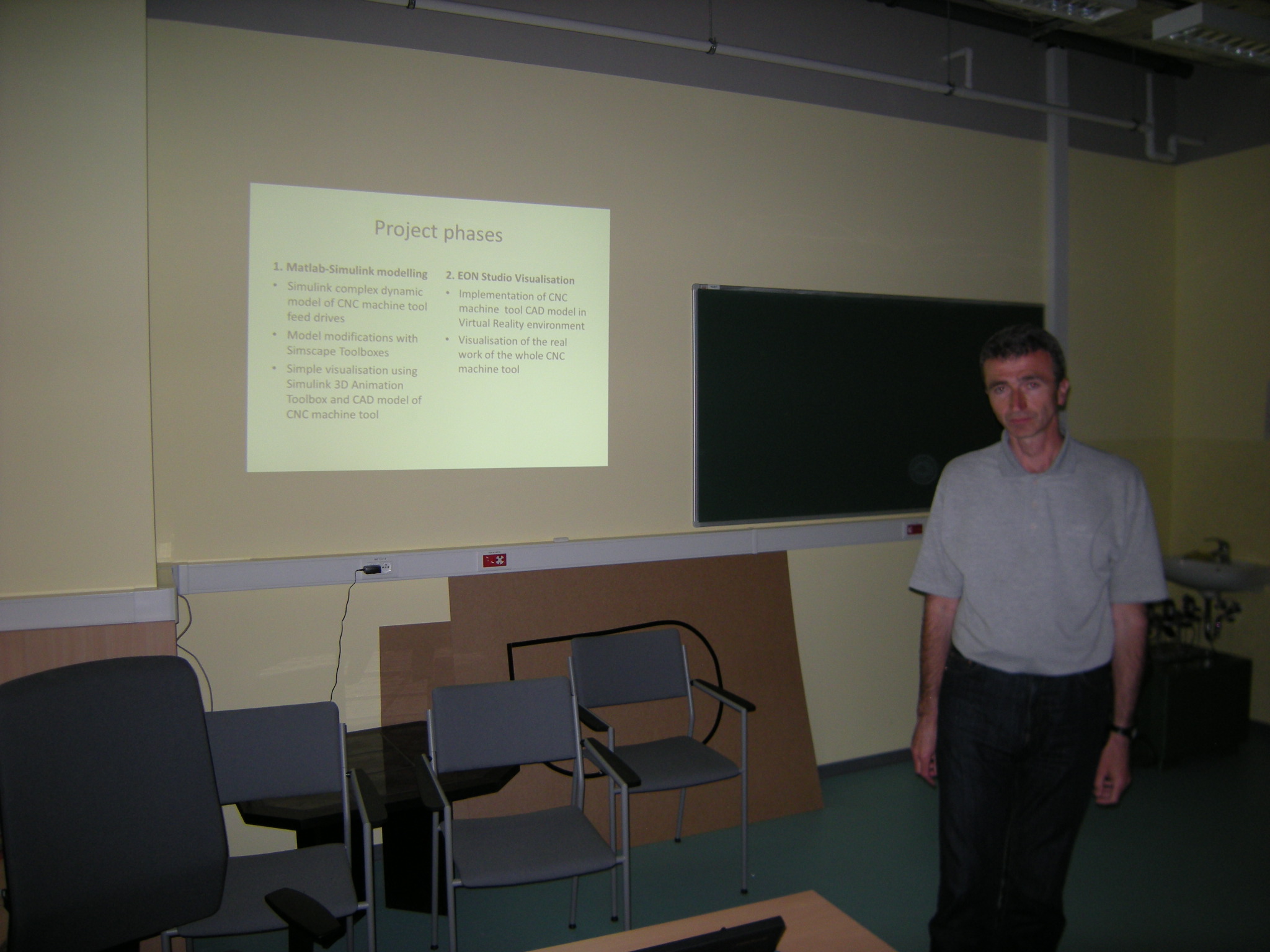
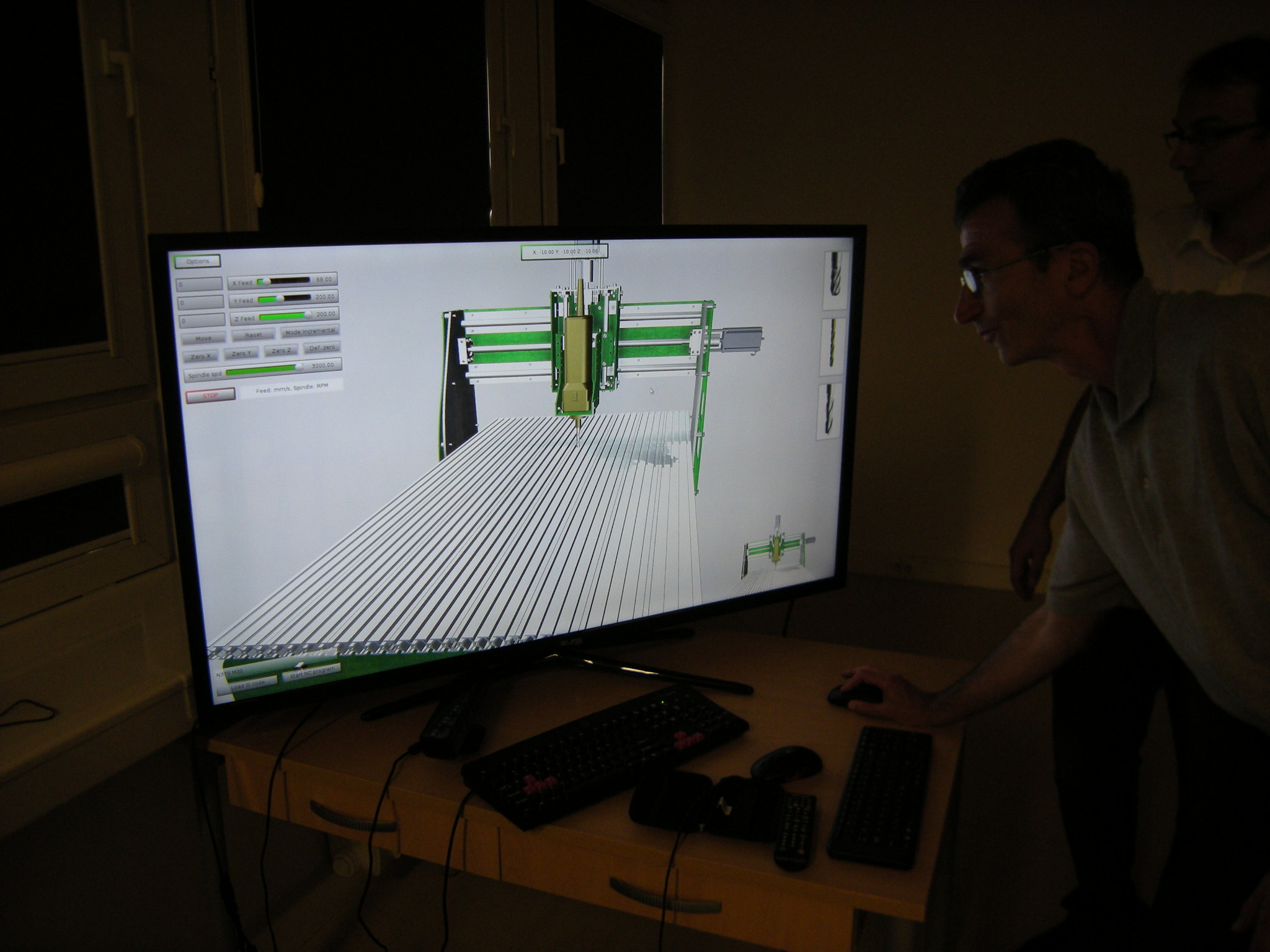
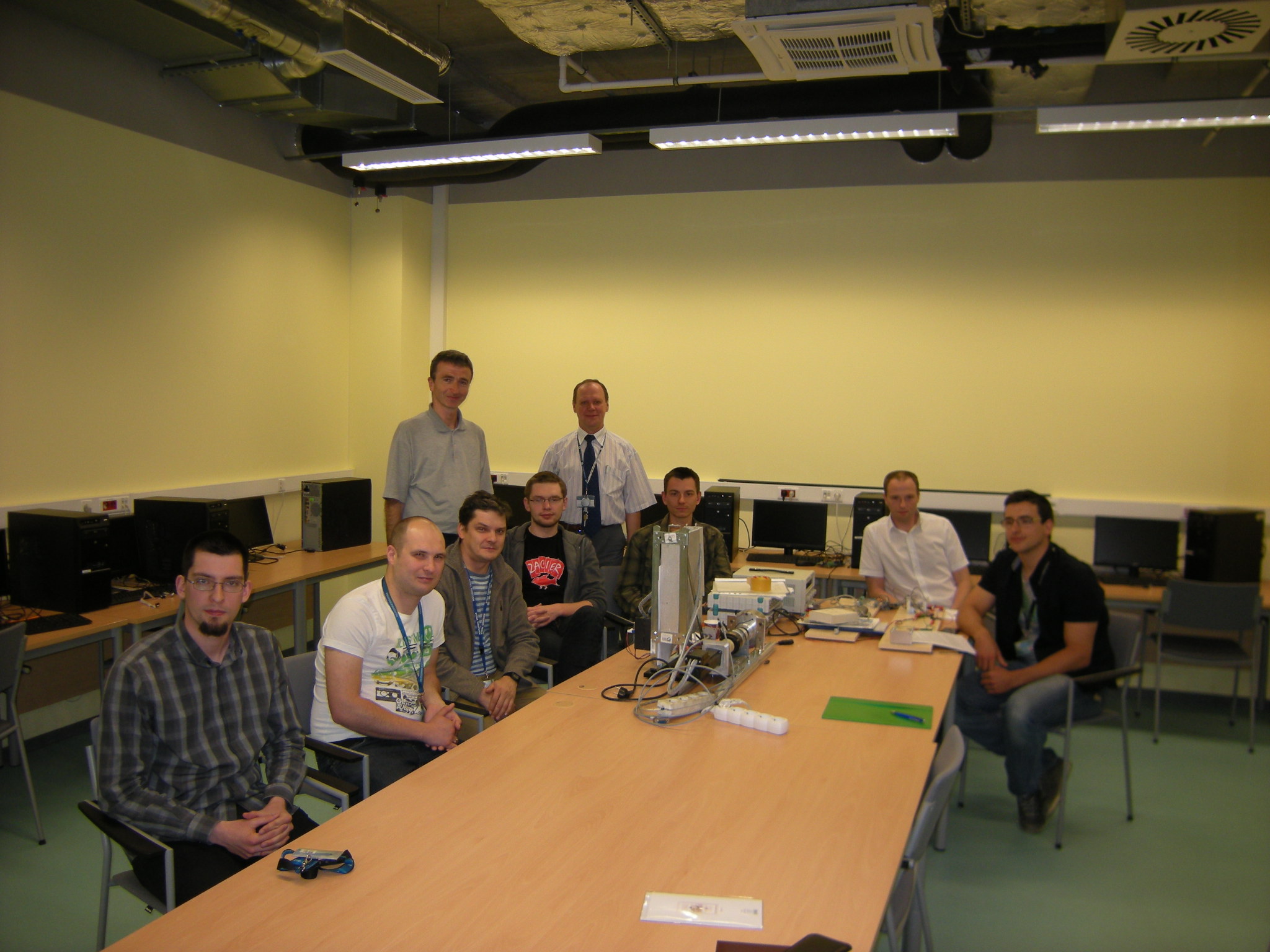
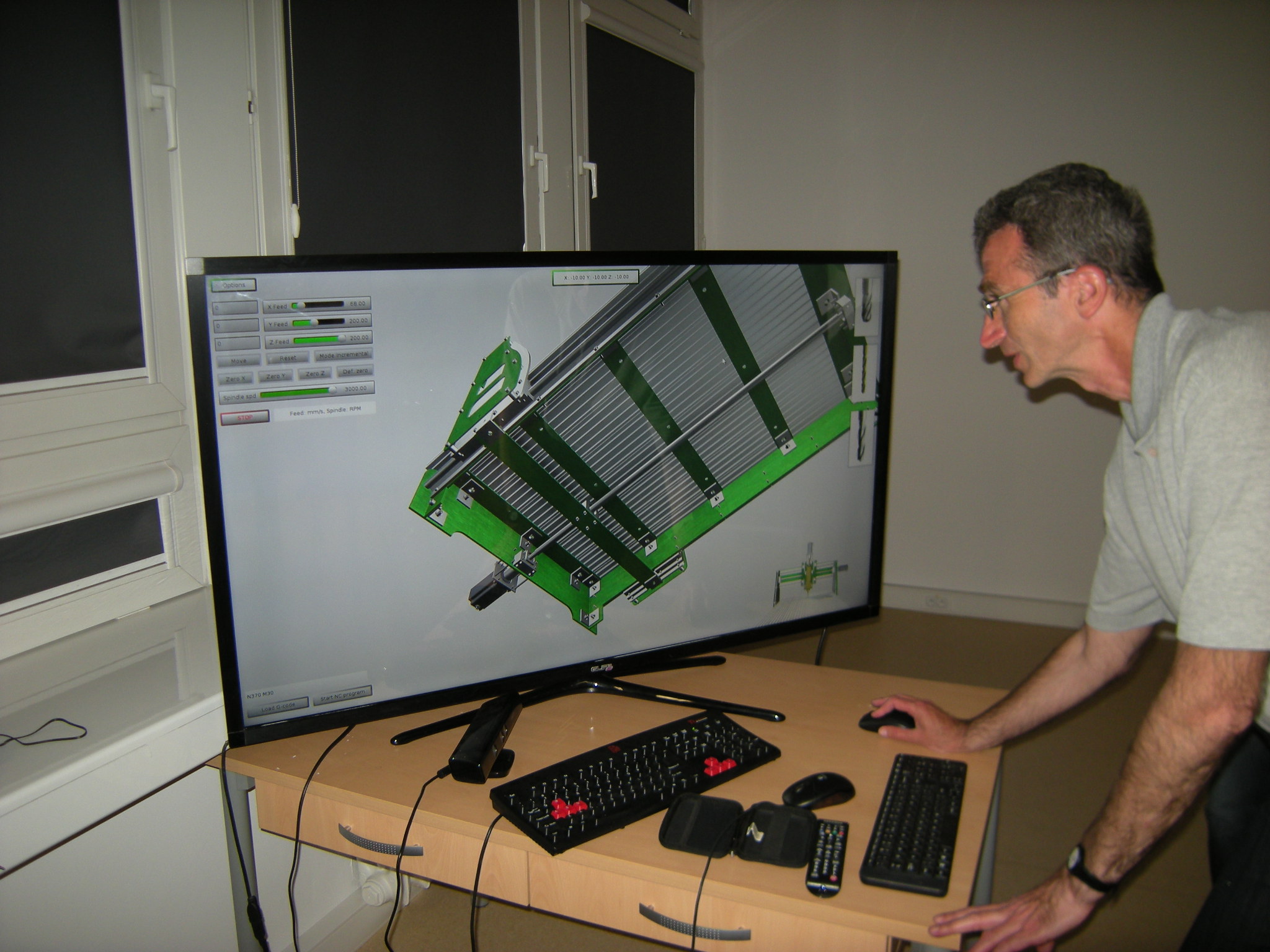
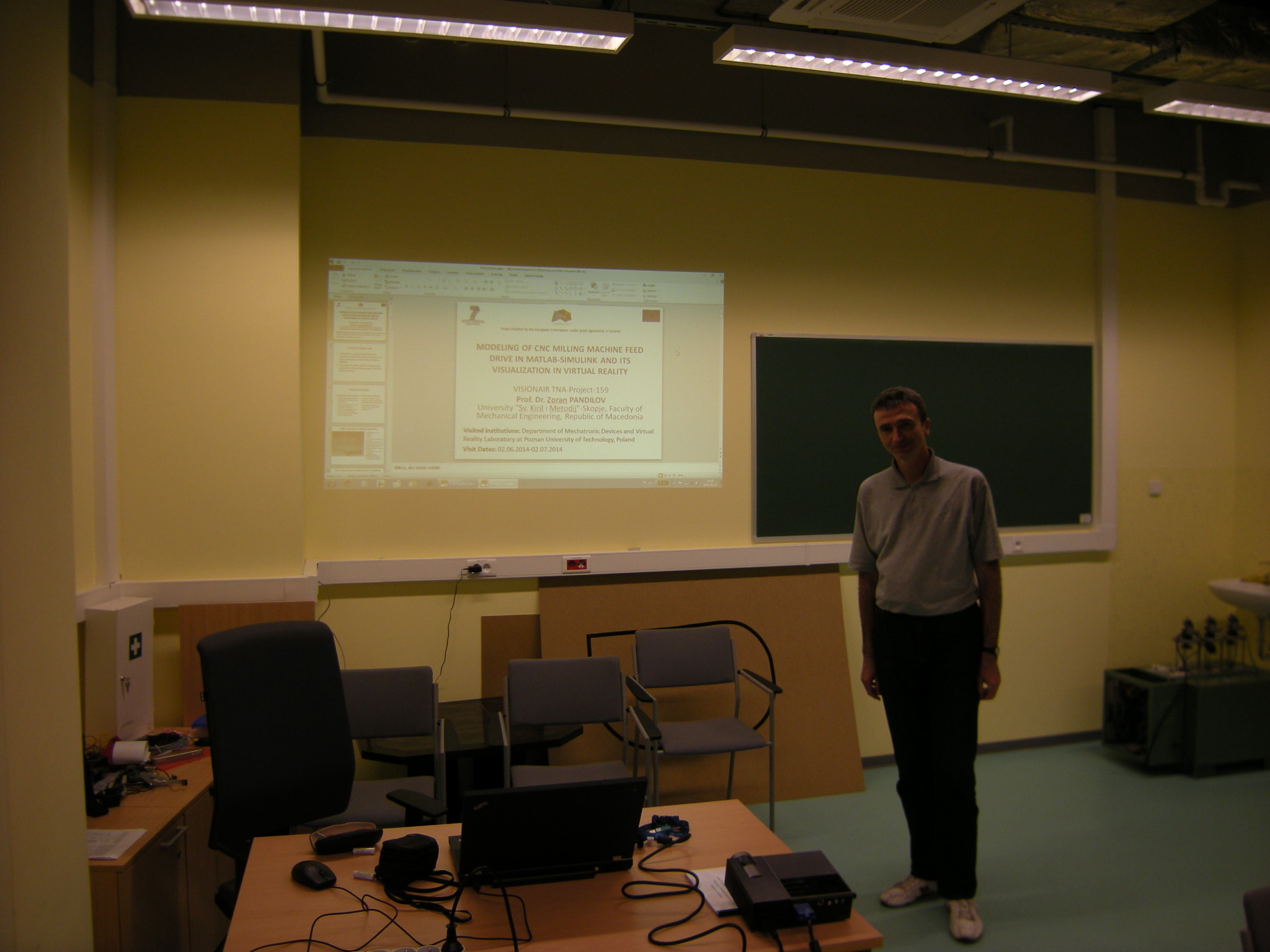
Other project resources :
FINAL REPORT-Visionair-Project-159-Poznan-June-2014-1.doc
.

VISIONAIR / Grenoble INP / 46 avenue Felix Viallet / F-38 031 Grenoble cedex 1 / FRANCE
Project funded by the European Commission under grant agreement 262044

Project funded by the European Commission under grant agreement 262044
